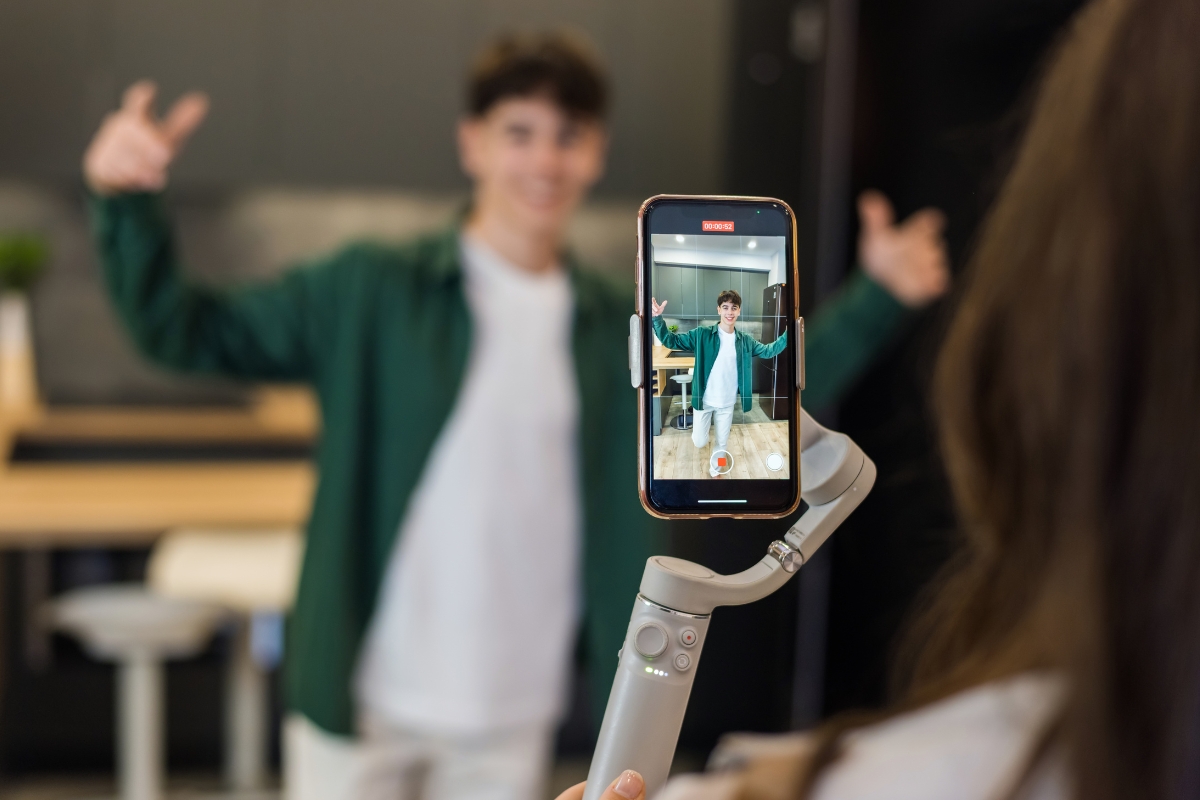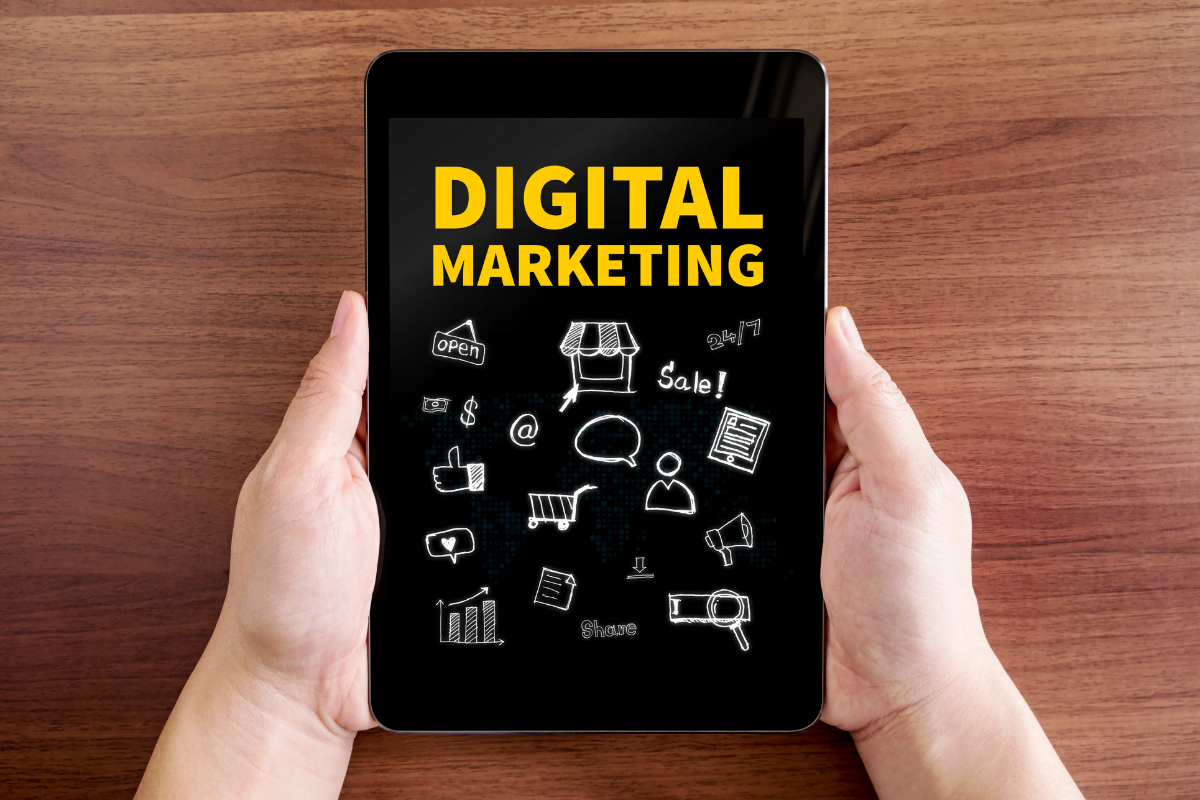In today’s digital age, influencer marketing has emerged as a powerful strategy for small businesses to amplify their reach, engage with new audiences, and drive sales.
However, maximizing the return on investment (ROI) from influencer marketing requires a strategic approach tailored to the unique needs and resources of small businesses. In this guide, we’ll explore effective tactics and insights to help small businesses leverage influencer marketing to its fullest potential.
From selecting the right influencers and crafting compelling campaigns to measuring success and optimizing strategies, you’ll discover how to make the most of your influencer partnerships.
Whether you’re new to influencer marketing or looking to refine your approach, get ready to unlock the secrets to maximizing your influencer marketing ROI and achieving impactful results for your small business.
From Followers to Revenue: Mastering Influencer Marketing ROI Strategies
Understanding the Basics of Influencer Marketing Campaigns
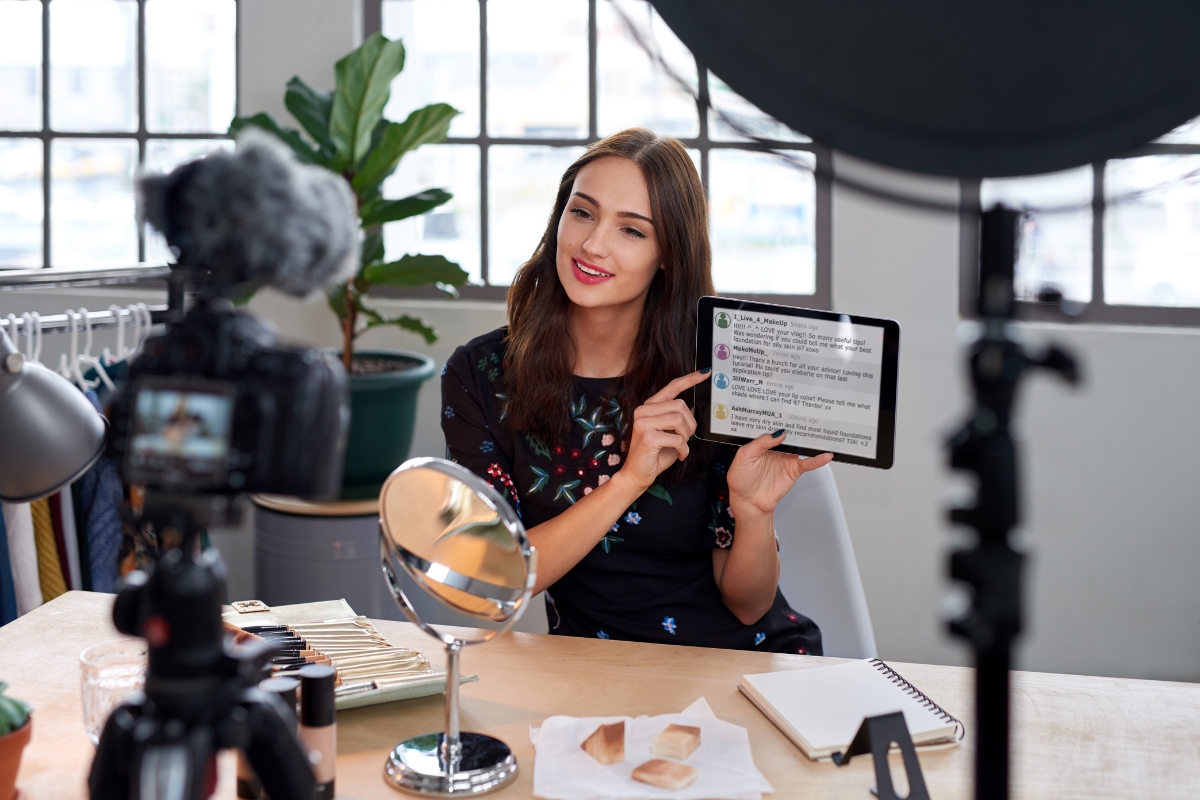
Influencer marketing has emerged as a game-changer in the world of digital advertising. By partnering with influential individuals who have a strong online presence and a dedicated following, brands can tap into their reach and credibility to promote their products or services. But before diving into the intricacies of influencer marketing, it’s essential to understand its basics.
At its core, influencer marketing is about leveraging the influence and trust that influencers have built with their audience. These influencers can be bloggers, social media personalities, or industry experts who are seen as authoritative figures in their respective niches. By collaborating with them, brands can gain access to a highly engaged audience that is more likely to trust recommendations from someone they admire in the influencer marketing hub.
When implementing an influencer marketing strategy for your small business, it’s crucial to define your goals clearly. Are you looking to increase brand awareness? Drive traffic to your website? Generate leads or sales? Having a clear understanding of what you want to achieve will help you identify the right influencers and craft campaigns that align with your objectives.
Measure Influencer Marketing Goals
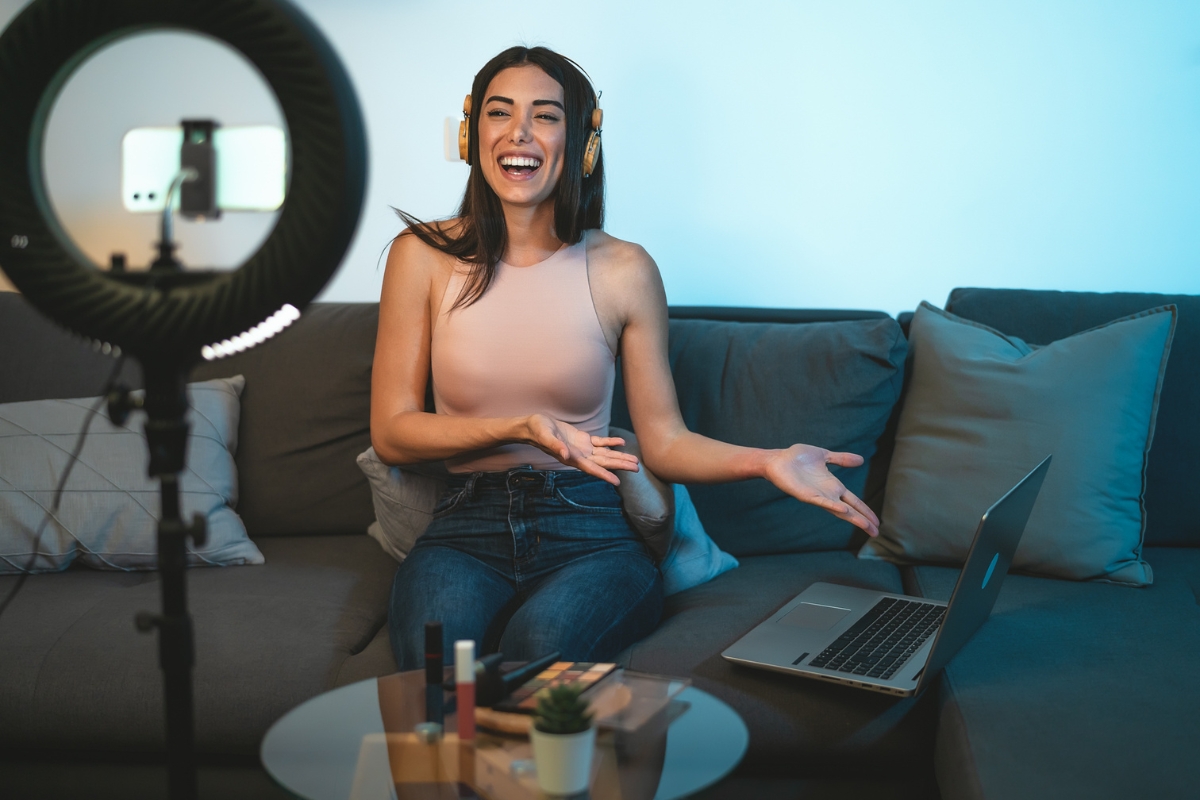
The first step in maximizing your influencer marketing ROI is by defining your goals. Without clear objectives in mind, it’s challenging to measure influencer marketing success or make informed decisions throughout the campaign.
Start by considering what you want to achieve through influencer marketing. Are you aiming for increased brand visibility? Do you want to drive traffic to your website or generate leads? Or perhaps you’re focused on boosting sales and revenue?
You’ll also need to figure out your budget. Like any other digital marketing strategy out there, you’re going to have to set aside a budget for your influencer marketing strategy. How much are you willing to spend? How flexible are you with your budget? Different influencers may have different packages when they choose to work with brands, so make sure to do your research to ensure that your influencer marketing budgets can meet these.
Once you’ve identified your goals, break them down into specific metrics that can be measured. For example, if your objective is increased brand visibility, metrics like reach (the number of people exposed to your content) and engagement (likes, comments, shares) can be valuable indicators of success. If your goal is to drive traffic to your website, you can track the number of clicks or conversions generated through influencer-driven campaigns.
By clearly defining your goals and the metrics you’ll need to ensure that you’re measuring influencer marketing effectively, you’ll be better equipped to evaluate the effectiveness of your influencer marketing efforts and make data-driven decisions moving forward.
Identifying the Right Influencers for Your Brand

Choosing the right influencers for your brand is crucial to ensure that your message resonates with their audience and aligns with your brand values. While it may be tempting to partner with influencers solely based on their follower count, it’s essential to look beyond vanity metrics and consider factors like relevance, engagement, and authenticity.
Start by identifying influencers who operate within your niche or industry. Look for individuals who have a genuine interest in topics related to your brand and whose content aligns with your values. For example, if you’re a fitness apparel brand, partnering with fitness enthusiasts or personal trainers would be more effective than collaborating with fashion bloggers.
Once you’ve identified potential influencers, evaluate their engagement rates. High follower counts are meaningless if their audience isn’t actively engaging with their content. Look for influencers who have a loyal following that consistently interacts with their posts through likes, comments, and shares.
Authenticity is another crucial factor to consider when selecting influencers. Audiences can quickly spot inauthentic endorsements or partnerships that don’t align with an influencer’s usual content. Seek out influencers who genuinely believe in your product or service and are likely to create authentic content that resonates with their followers.
Building Authentic Relationships with Influencers

Influencer marketing is not just a transactional exchange; it’s about building genuine relationships with influencers. When approaching influencers, it’s essential to establish a connection and show that you value their expertise and influence.
Start by researching the influencer’s background, interests, and recent content. Engage with their posts by leaving thoughtful comments or sharing their content with your audience. By demonstrating your genuine interest in their work, you’ll begin to build rapport and lay the foundation for a mutually beneficial partnership.
When reaching out to influencers, personalize your communication. Avoid generic templates and demonstrate that you’ve done your homework by referencing specific aspects of their work that resonate with your brand. Show them how collaborating with you can provide value to both parties.
Remember that influencers are not just a means to an end; they are valuable partners who can help elevate your brand’s visibility and credibility. By nurturing authentic relationships based on mutual respect and shared values, you’ll be able to create more impactful campaigns that resonate with both the influencer’s audience and your target market.
Crafting Engaging and Relevant Campaigns

Once you’ve identified the right influencers for your brand and established authentic relationships, it’s time to craft engaging and relevant campaigns that capture the attention of your target audience.
Start by aligning your campaign objectives with the influencer’s strengths and expertise. Leverage their unique voice, style, and storytelling abilities to create content that feels natural yet persuasive. Authenticity is key here – audiences are more likely to respond positively to content that doesn’t feel overly promotional or forced.
Collaborate closely with influencers during the campaign planning process. Seek their input on creative ideas, messaging, and content formats. Remember that they know their audience best, so involving them in the decision-making process will ensure that the final campaign resonates effectively.
In addition to creating compelling content, consider incorporating interactive elements to boost engagement. Contests, giveaways, polls, or challenges can encourage audience participation and create a sense of excitement around your brand.
Finally, ensure that your campaigns are relevant to both the influencer’s audience and your target market. Conduct thorough research to understand the interests, preferences, and pain points of both groups. By addressing their needs and providing valuable solutions through your campaigns, you’ll be able to maximize engagement and drive meaningful results.
Leveraging User-Generated Content for Maximum Impact On Influencer Marketing Platforms
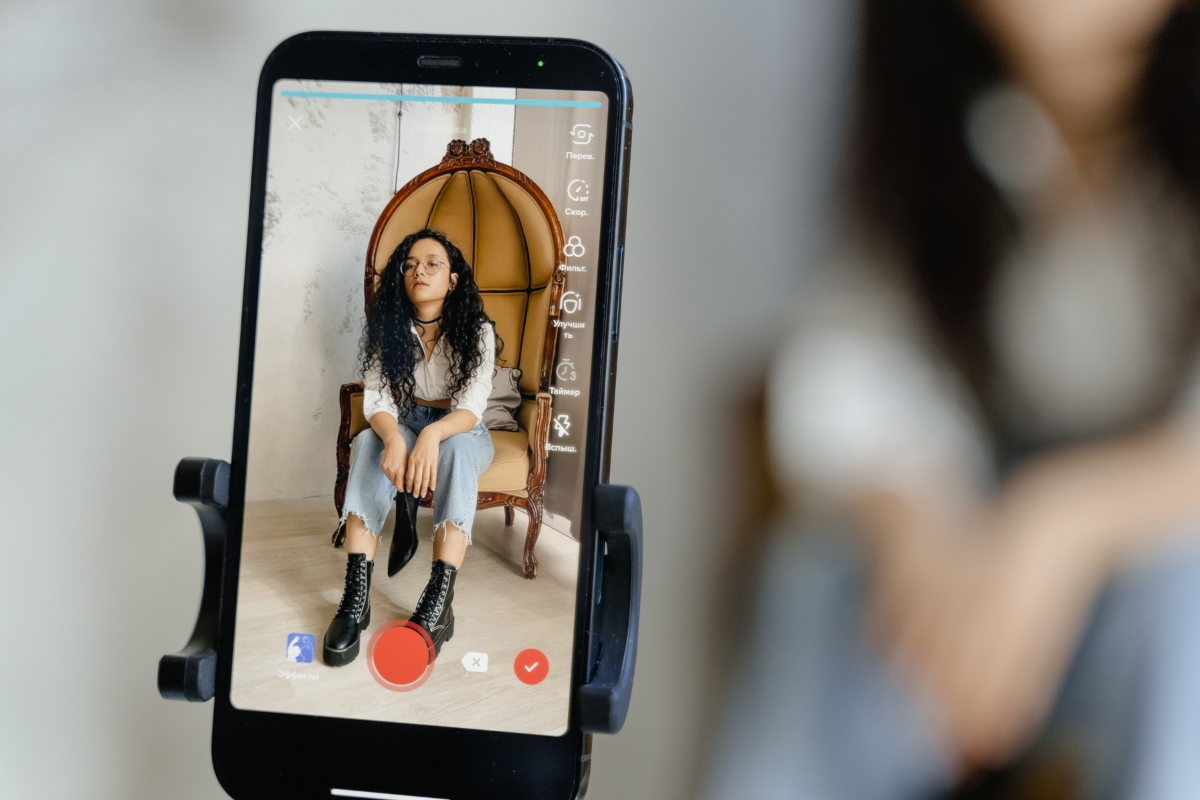
User-generated content (UGC) is a powerful tool that can amplify the impact of your influencer marketing campaigns. By encouraging influencers’ followers to create content related to your brand or product, you can tap into their creativity and leverage their influence to reach an even wider audience.
Start by creating a branded hashtag that encourages users to share their experiences with your product or service. Encourage influencers to incorporate this hashtag into their content and call-to-action captions. This will help generate a stream of UGC that showcases real-life testimonials and experiences with your brand.
Curate the best UGC and feature it on your social media channels or website. This not only provides social proof but also creates a sense of community around your brand. Users who see others enjoying or benefiting from your products are more likely to trust and engage with your brand themselves.
In addition to featuring UGC created by influencers’ followers, consider collaborating with influencers on co-created content. This could involve hosting live Q&A sessions on social media platforms or inviting influencers to contribute guest blog posts on topics related to your industry.
Tracking Key Performance Metrics With the Right Influencer Marketing Tools

Measuring the success of your influencer marketing campaigns is crucial to understanding what works and what doesn’t. By tracking key performance metrics and leveraging the right influencer marketing tools, you’ll be able to optimize your strategies and increase ROI.
Start by establishing a set of metrics that align with your campaign objectives. These could include reach, engagement, website traffic, conversions, or revenue generated. Use analytics tools provided by influencer marketing platforms, social media, or third-party software to track these metrics accurately.
Regularly monitor the performance of your campaigns and compare them against your predefined goals. Identify trends, patterns, or outliers that can provide insights into what resonates with your audience and drives results.
In addition to quantitative metrics like reach and engagement, don’t overlook qualitative feedback from influencers and their audience. Pay attention to comments, direct messages, or mentions related to your campaigns. This feedback can provide valuable insights into how well your message is being received and whether adjustments are needed.
Optimizing ROI Through Continuous Testing and Measuring Influencer Marketing Data
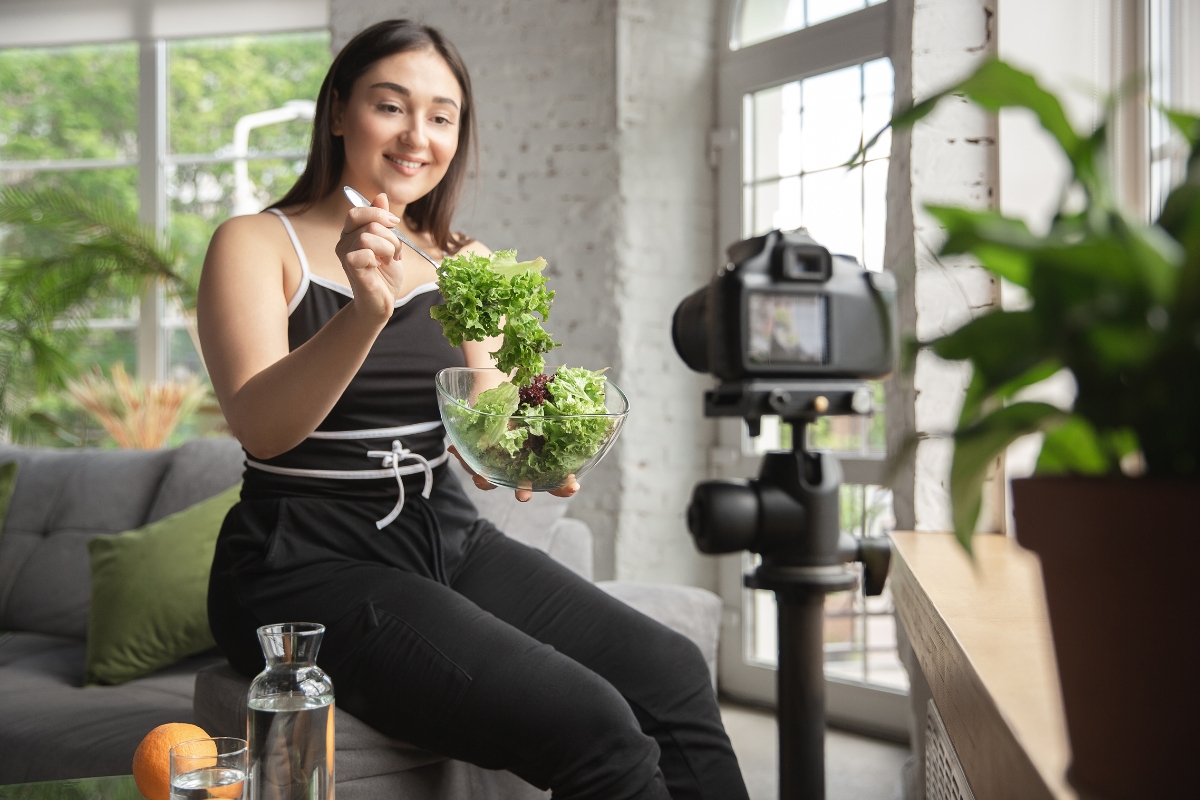
Influencer marketing is not a one-size-fits-all approach. What works for one brand may not yield the same results for another. To maximize your ROI, it’s essential to continuously test different strategies and iterate based on the insights gained.
Experiment with various types of content formats – from static images to videos or live streams – to see which resonates best with your target audience. Test different messaging approaches or calls-to-action to determine what drives the highest engagement or conversion rates.
Consider running A/B tests where you compare two versions of a campaign element (e.g., headline, image) against each other to identify the most effective option. This iterative approach allows you to refine your campaigns over time and optimize your ROI.
When testing and iterating, don’t forget to involve influencers in the process. Seek their feedback on campaign performance, content ideas, or potential improvements. Their insights can provide a fresh perspective and help you uncover new opportunities for growth.
Implementing Influencer Marketing Campaign Key Strategies for Long-Term Success
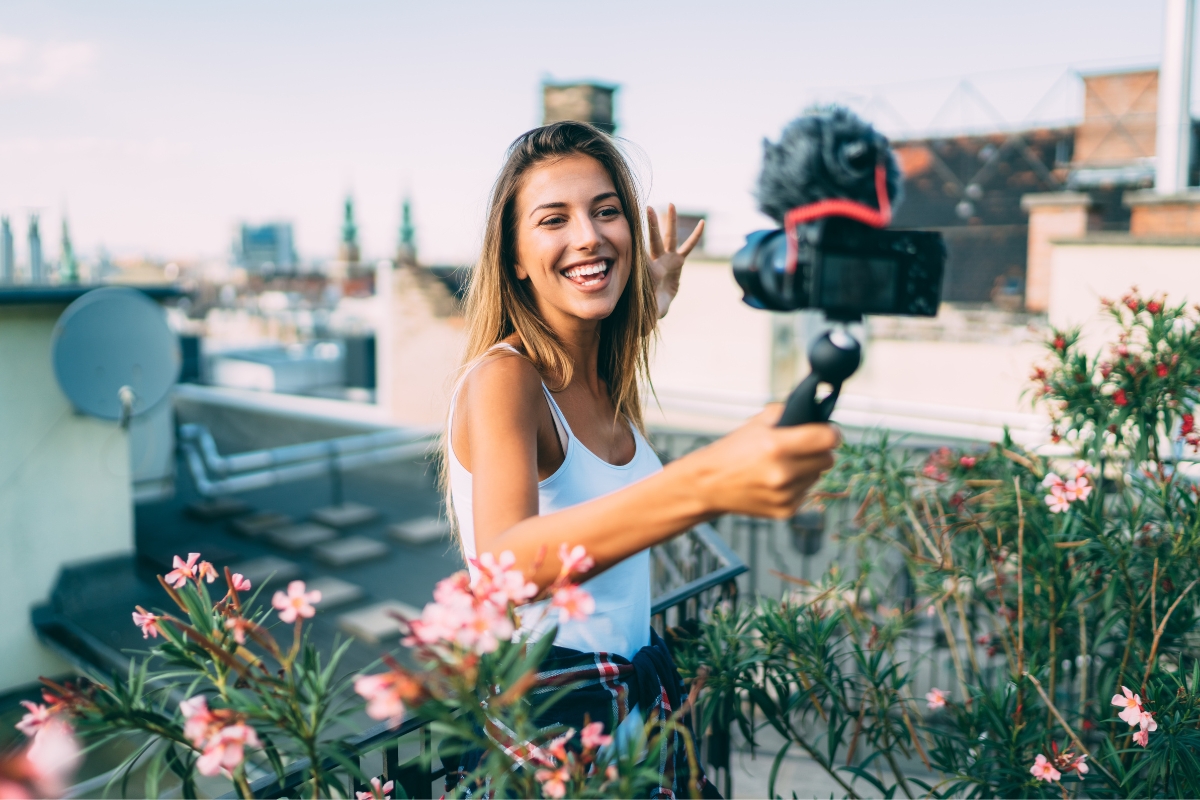
Influencer marketing is not just a short-term tactic; it can be a long-term strategy that drives sustained growth for your small business. To ensure long-term success, it’s essential to implement strategies that foster ongoing relationships with influencers and their audience.
Invest in building strong connections with influencers beyond individual campaigns. Consider forming ambassador programs or brand partnerships that extend beyond a single collaboration. By nurturing these long-term relationships, you’ll have access to influencers who are already familiar with your brand and can consistently promote your products or services.
Continuously monitor industry trends and changes in consumer behavior to stay ahead of the curve. As social media platforms evolve and new channels emerge, adapt your influencer marketing strategies accordingly. Stay open to exploring new platforms or formats that may better resonate with your target audience.
Finally, never underestimate the power of authenticity in influencer marketing. As consumers become more discerning, they value genuine recommendations from trusted individuals over overtly promotional content. Stay true to your brand values and work with influencers who share those values – this will ensure that your campaigns remain authentic and resonate with both influencers’ audiences and your target market.
Conclusion: Elevating Small Businesses Influencer Marketing Campaigns with Digital Marketing
Maximizing your influencer marketing ROI is crucial for the growth and success of your small business. Partner with Newman Web Solutions to craft effective strategies that drive results and elevate your brand. Our expertise in digital marketing ensures you get the most out of your influencer collaborations.
Contact us today at (404) 301-9189 or schedule a free 30-minute marketing strategy session to discover how we can help you achieve your marketing goals. Let Newman Web Solutions guide you to greater success in the world of influencer marketing.


